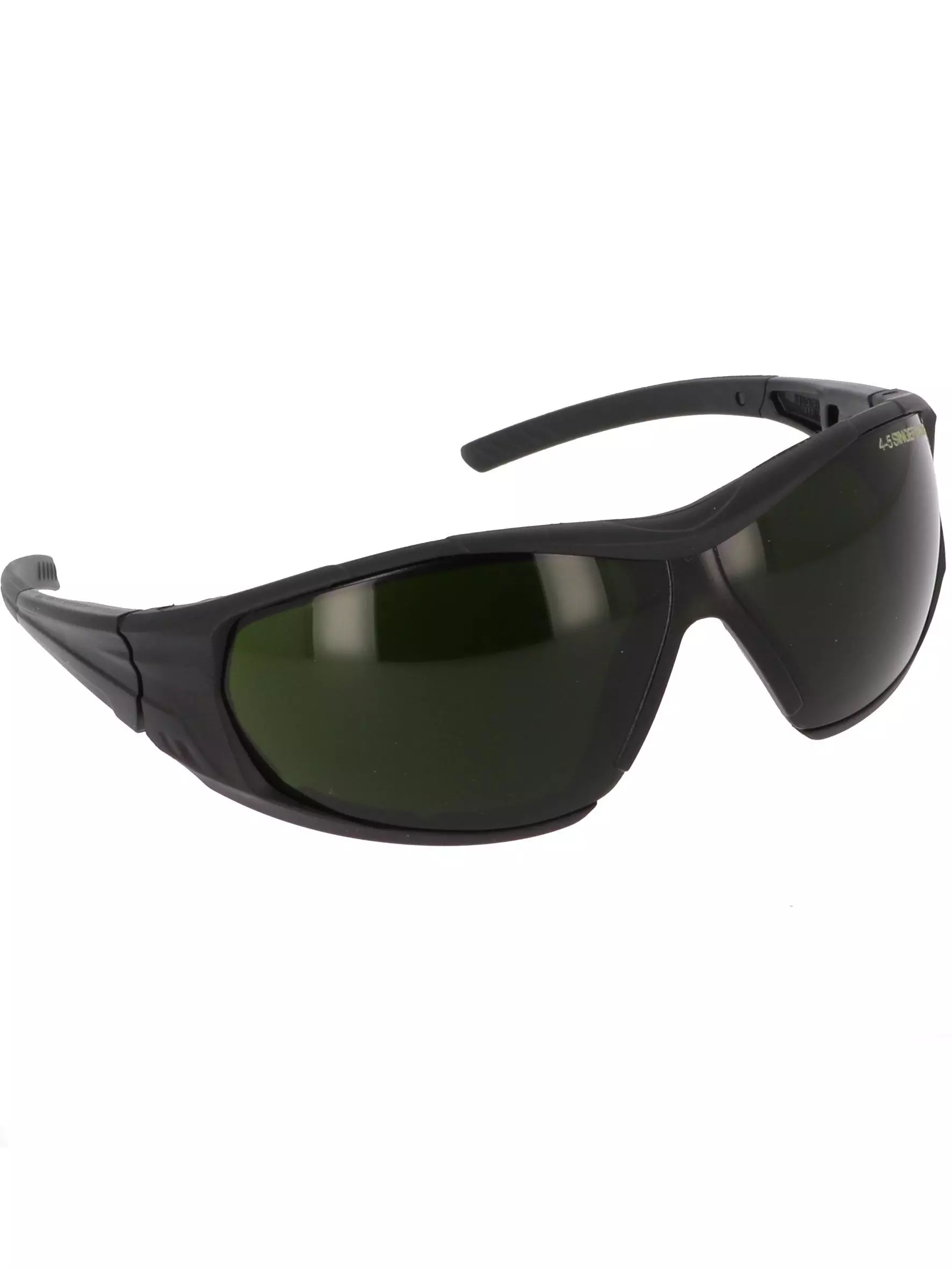
Singer Safety Welding Spectacles
Singer Safety Welding Spectacles
4.6 / 5

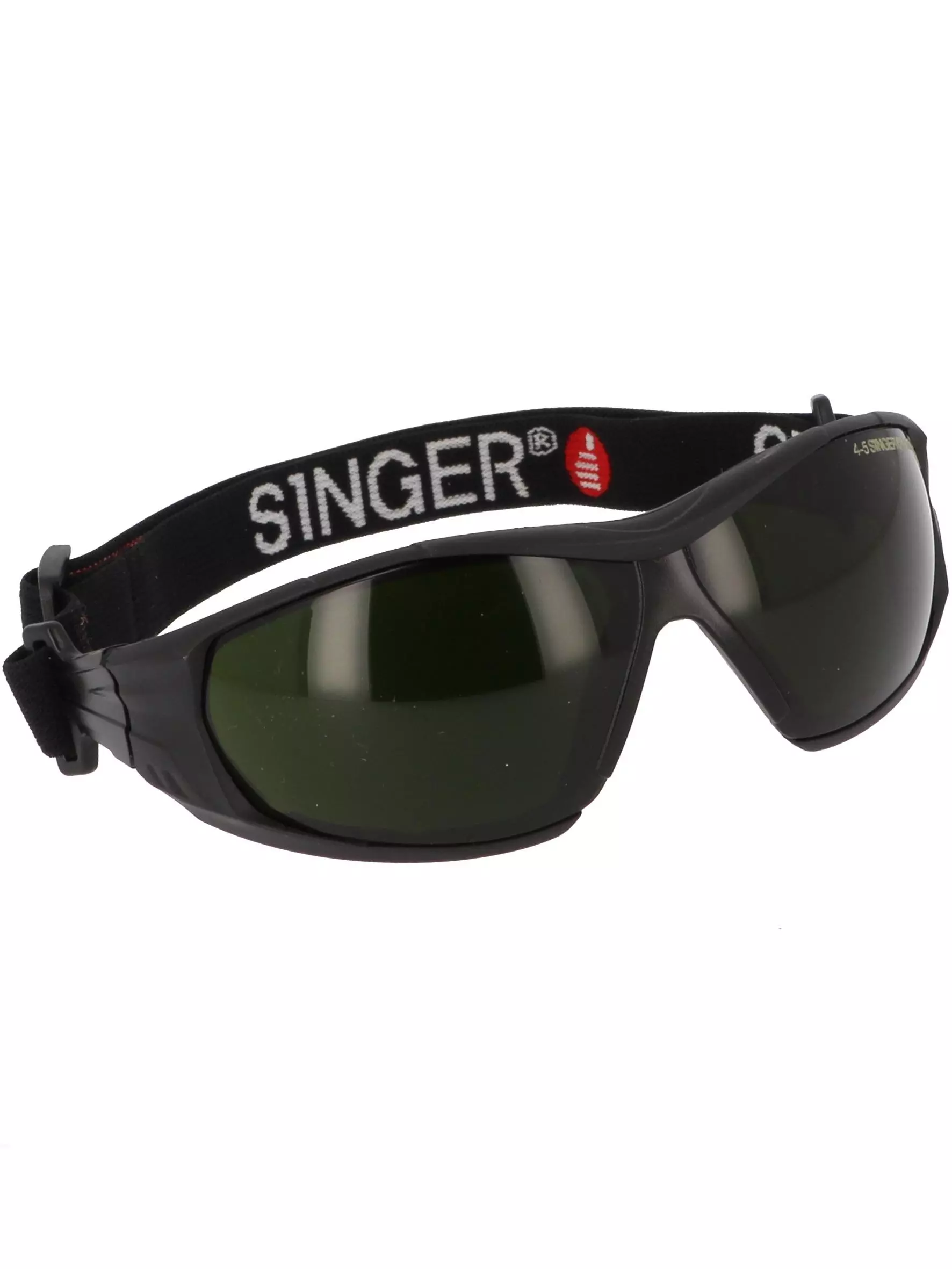
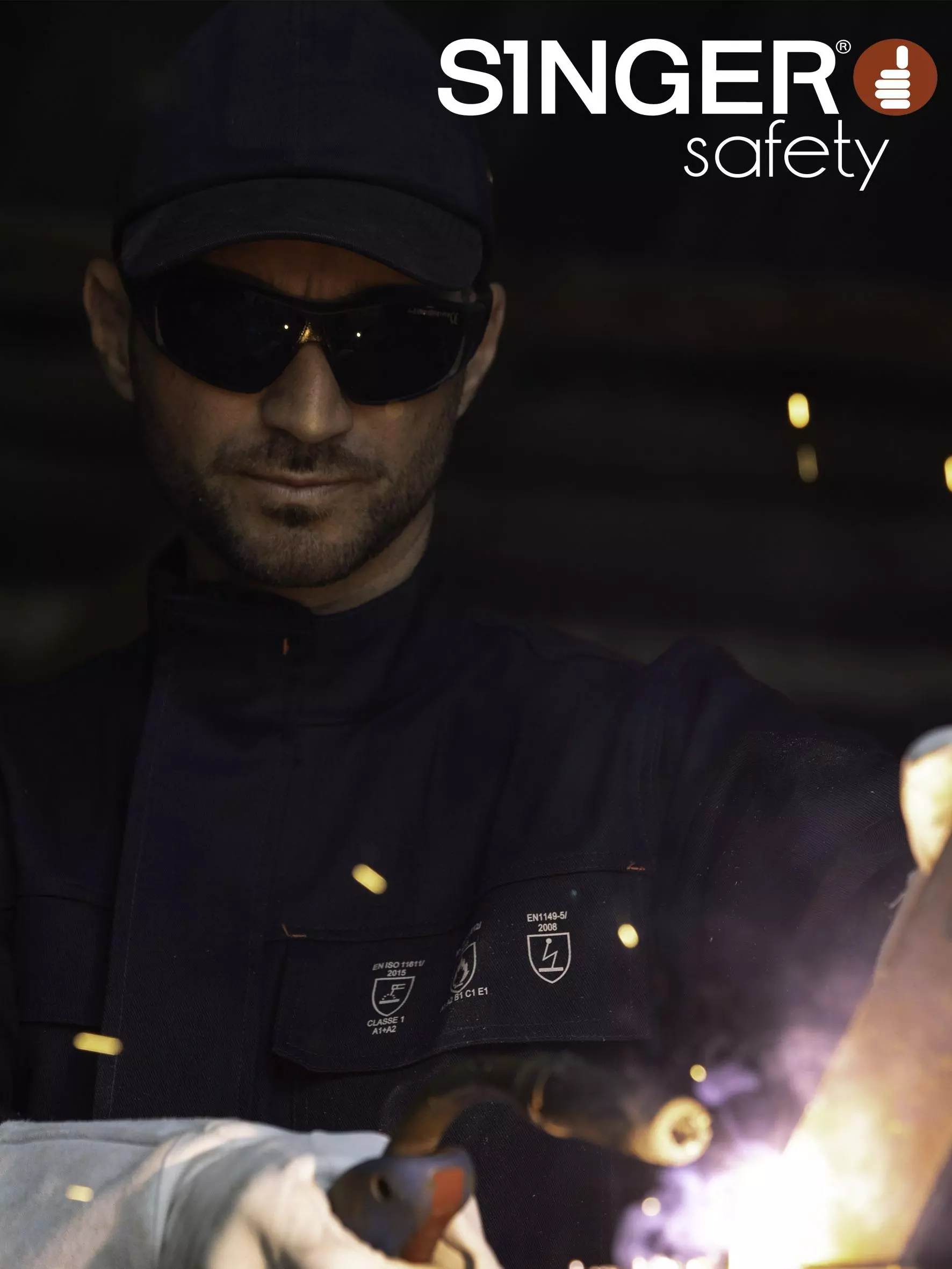



Features You'll Love
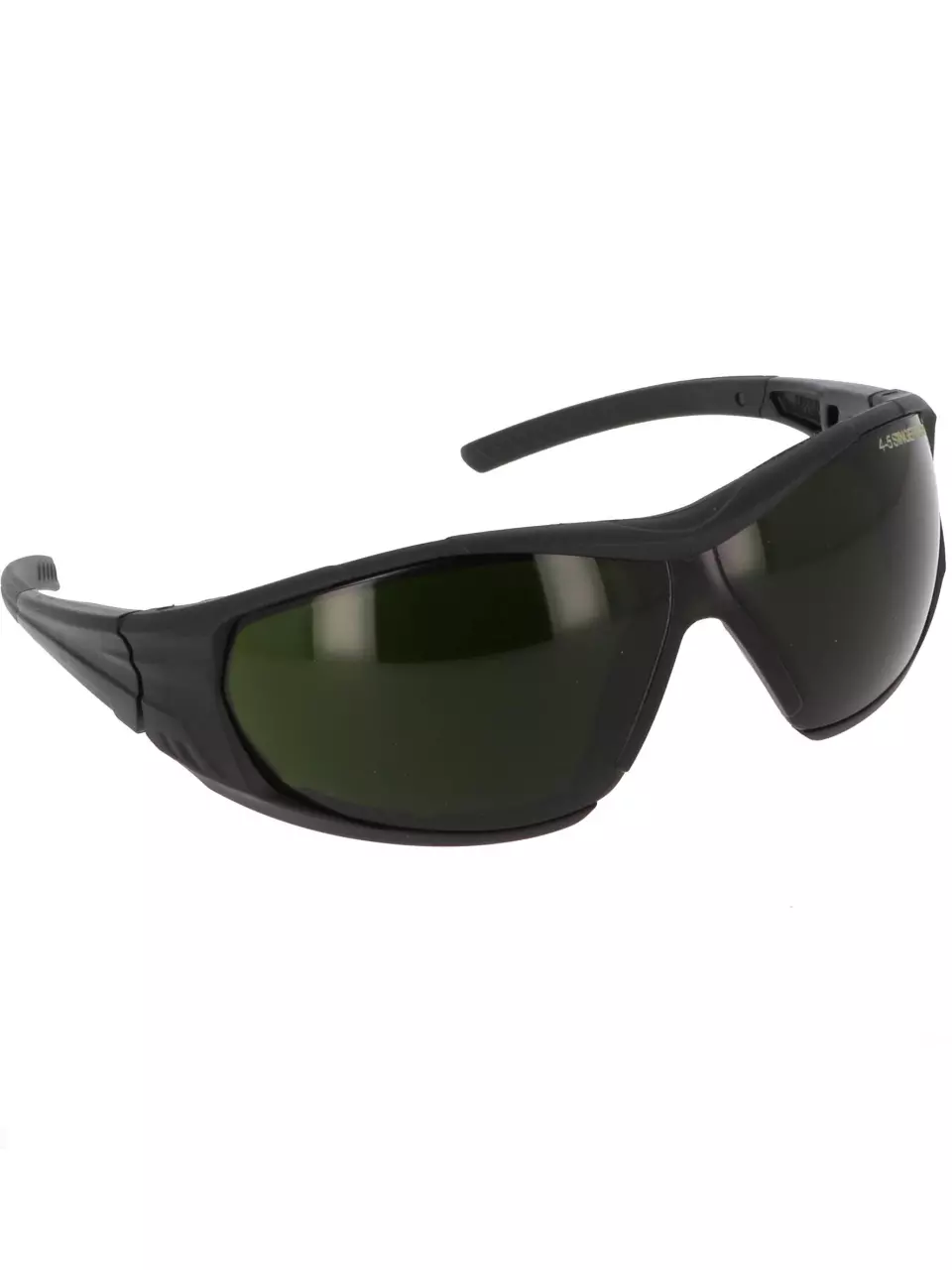
Lens Color · Black, Transparent
Lens Material · Polycarbonate
The material used to construct the protective lenses, affecting impact resistanc...
The material used to construct the protective lenses, affecting impact resistance, optical clarity, weight, and chemical protection capabilities.
The material used to construct the protective lenses, affecting impact resistanc...
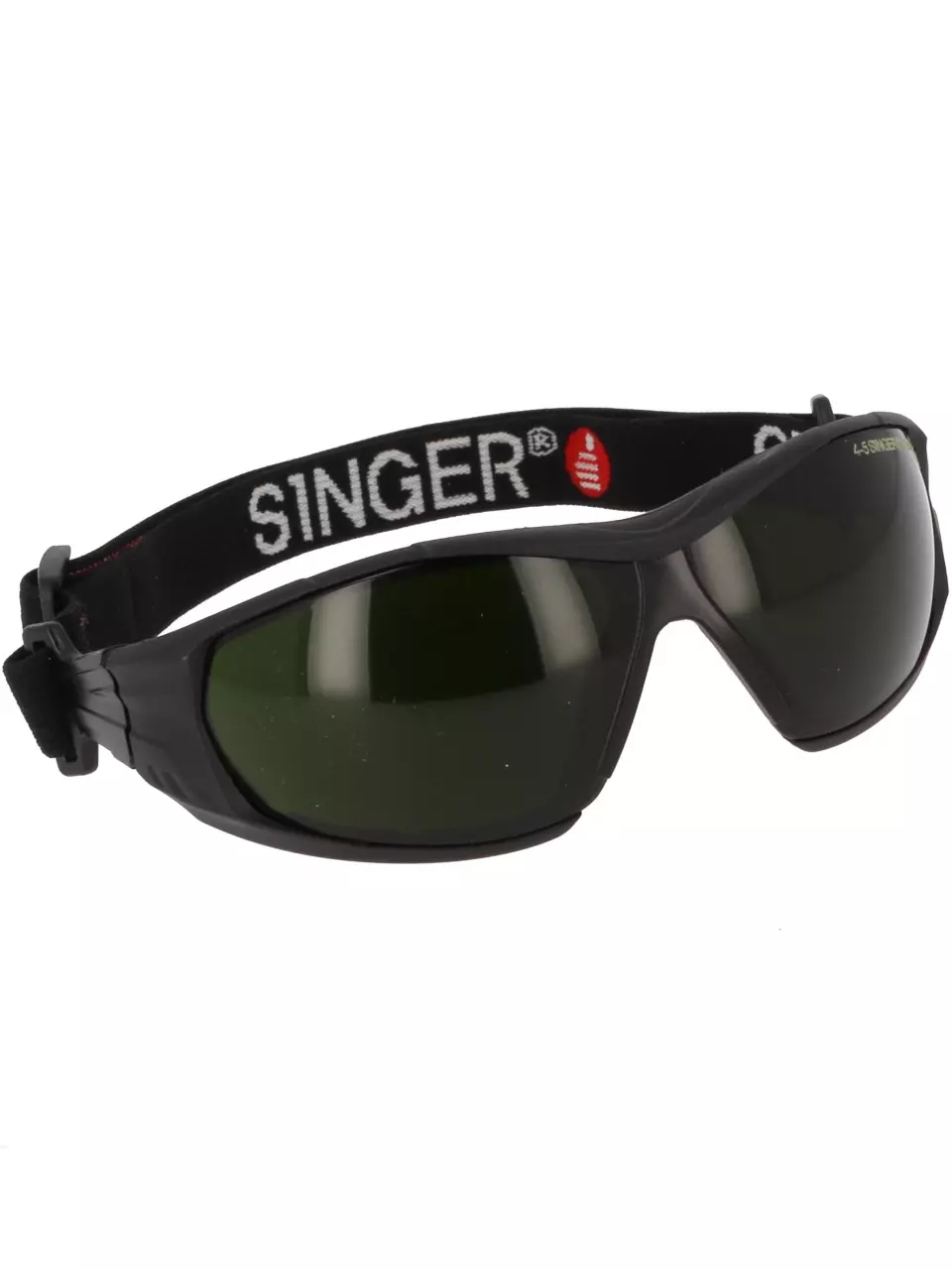
Frame Style · Adjustable
Describes the frame's design characteristics and compatibility features, such as...
Describes the frame's design characteristics and compatibility features, such as helmet fit, ventilation, adjustability, and protection coverage.
Describes the frame's design characteristics and compatibility features, such as...
Singer Safety
Welding Spectacles, 10 pieces
Singer Safety
Welding Spectacles, 10 pieces
4.6 / 5
156,47 €
Price per 10 pcs
15,65 € / piece
Choose size
Free delivery
Features You'll Love

Lens Color · Black, Transparent
Lens Material · Polycarbonate
The material used to construct the protective lenses, affecting impact resistanc...
The material used to construct the protective lenses, affecting impact resistance, optical clarity, weight, and chemical protection capabilities.
The material used to construct the protective lenses, affecting impact resistanc...

Frame Style · Adjustable
Describes the frame's design characteristics and compatibility features, such as...
Describes the frame's design characteristics and compatibility features, such as helmet fit, ventilation, adjustability, and protection coverage.
Describes the frame's design characteristics and compatibility features, such as...
Product description
These welding spectacles feature a versatile design with removable headband and temples for adaptable use in various work environments. The polycarbonate lenses provide scale n°5 protection specifically designed for welding applications, with both an...
These welding spectacles feature a versatile design with removable headband and temples for adaptable use in various work environments. The polycarbonate lenses provide scale n°5 protection specifically designed for welding applications, with both anti-scratch and anti-fog treatments for enhanced durability and visibility. The comfortable interior EVA foam and elastic headband ensure a secure fit during extended periods of use.
Product Features:
- Removable headband and temples for versatile wearing options
- Smoked lens for welding (scale n°5)
- 10° curved polycarbonate lens with 2.00 mm thickness
- Anti-scratch and anti-fog lens treatment
- Interior EVA foam for enhanced comfort
Technical Details:
- 100% polycarbonate temples
- Headband composition: 60% polyester / 40% elastane
- Quick adjustment elastic headband
- Certified production under ISO 9001 / ISO 14001 standards
Recommended Applications:
- Public works
- Light industry
- Finishings
- Agriculture
- Maintenance
Standards:
- EN 166:2001 (1FT - optical class 1 with impact resistance)
- EN 169:2002 (Scale n°5 for welding filters)
- EN 171:2002 (Scale n°4-5 for infrared protection)
- EN 175:1997 (F - protection for welding operations)
EAN: 3660514221949, 3660514221956
These welding spectacles feature a versatile design with removable headband and temples for adaptable use in various work environments. The polycarbonate lenses provide scale n°5 protection specifically designed for welding applications, with both an...
Describes the frame's design characteristics and compatibility features, such as helmet fit, ventilation, adjustability, and protection coverage.
The total weight of the safety glasses, affecting comfort during extended wear and overall user fatigue throughout the workday.
Measures the lens material depth, affecting impact resistance and protection level against workplace hazards.
Indicates the optical power or magnification strength of the lenses, helping workers see clearly while maintaining eye protection.
The material used to construct the protective lenses, affecting impact resistance, optical clarity, weight, and chemical protection capabilities.
The material used for the temple arms that rest on the ears, affecting comfort, durability, weight, and chemical resistance during extended wear.
The visual appearance of the frame and lenses, affecting style preferences, workplace compliance, and light transmission properties.
Keep your vision crystal clear. Fog-free lenses prevent condensation, ensuring safety and uninterrupted performance in any environment.
Scratch-resistant lenses provide lasting clarity, extending eyewear life and keeping your vision sharp.
- Welding
- Eye Protection
Eye protection equipped with infrared filters with the EN 171:1986 rating are tested for their ability to block harmful infrared radiation. This ensures your eyes are effectively shielded from infrared hazards, promoting safety and preserving eye health.
Products with the EN ISO 9001:2015 rating are tested for consistent quality management processes to meet customer and regulatory requirements. This means you can expect reliable products and services, as the company is committed to improving customer satisfaction.
Test results
This product is backed by a quality management system that ensures you receive consistent and dependable service. It focuses on providing reliable support and a positive customer experience, from initial contact to post-delivery activities.
Welding helmets and face shields with the EN 175:2010 rating are tested for safety against harmful optical radiation, impact, and other hazards during welding. This ensures your eyes and face are protected from intense light, radiation, and physical risks encountered in welding or similar operations.
Products from companies with the ISO 14001:2015 rating are from organizations whose environmental management systems are verified for controlling their environmental impact, waste, and resource use. This means your purchase supports a company committed to sustainable operations and reducing its environmental footprint.
Test results
This product comes from a manufacturer that has an internationally recognized environmental management system. This system helps the company reduce its environmental impact by improving resource efficiency, reducing waste, and managing environmental risks.
Safety glasses, goggles, and face shields with the EN 166:1995 rating are tested for protection against common hazards like impacts, optical radiation, splashes, and dust, as well as optical clarity. This ensures your eye protection is safe, effective, and allows you to see clearly while performing various tasks.
Filters for welding helmets and other eye protection with the EN 169:2002 rating are tested for their ability to block harmful light and radiation from welding, braze-welding, and plasma cutting. This ensures your eyes are protected from intense glare, ultraviolet, and infrared radiation, allowing you to choose the correct level of safety for your specific task.
Test results
Provides shade 5 protection for the eyes against harmful light, sparks, and radiation during medium gas welding, brazing, and cutting operations. This filter allows for good visibility for detailed work while protecting from moderate intensity flames.
PPE stands for "personal protective equipment." PPE Category 2 refers to equipment that is more complex, and has a higher level of risk. Examples of PPE Category 2 include safety helmets, ear protection, and fall arrest equipment. In Europe, PPE Category 2 must meet certain safety standards set by the European Union, which means that it must be designed and manufactured to protect the user without causing harm. Companies that make or sell PPE must prove that it meets these standards. They also must have a quality management system in place and have to be audited regularly by a notified body.
Free delivery for all SINGER Safety products